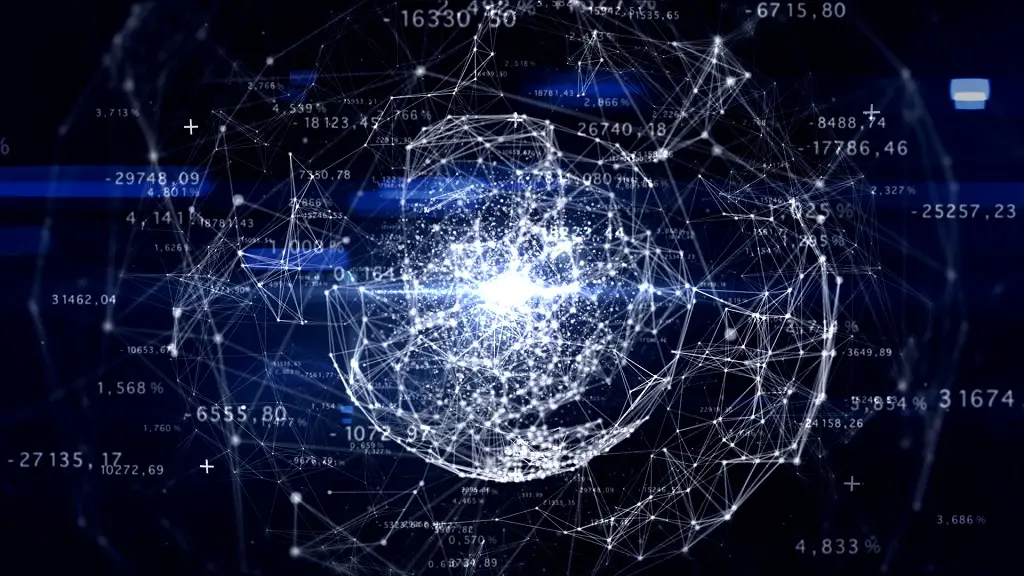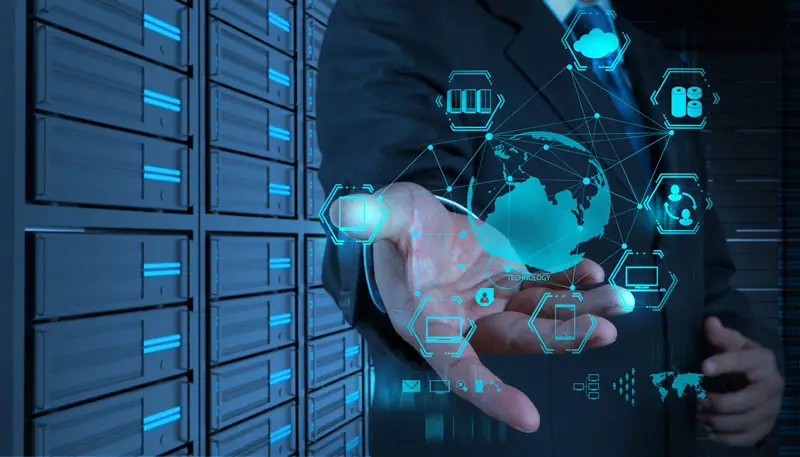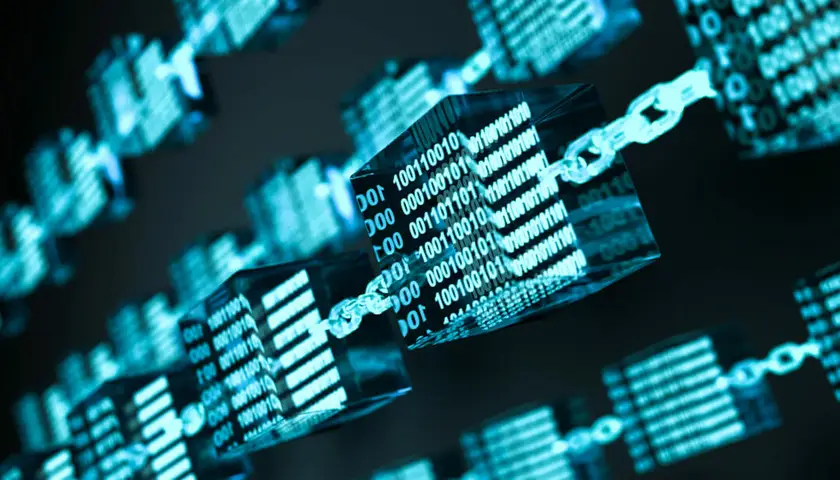The modern realities of the crypto market require a deep understanding of technologies and economic mechanisms. The question of how to earn from mining in 2025 remains relevant for those who seek to create a source of passive income using computational power.
With the right approach, mining can bring stable profits, but its efficiency directly depends on the equipment, electricity costs, and the volatility of the cryptocurrency market.

What is cryptocurrency mining: technical aspect
The term “mining” denotes the process of verifying and recording transactions in the blockchain network. Miners ensure the security and decentralization of the network while simultaneously receiving rewards in the form of new coins. The basis is the hash rate – computational power that allows finding new blocks.
Mining comes in two types: using ASIC devices and based on GPU graphics cards. The first option is characterized by narrow specialization, while the second offers more flexibility. In both cases, a thoughtful approach is required in choosing equipment, setting up a pool, and asset storage system – from cold to hot wallets.
How to earn from mining: current conditions in 2025
This year, everything depends on several key factors. Primarily, on the level of competition in the network, mining difficulty, and token price dynamics. Increased profitability is observed in niche projects with relatively low complexity and access to cheap electricity.
Some operators create full-fledged mining farms where dozens of ASIC devices work around the clock. However, even launching a small farm requires investments in equipment, cooling system, as well as a space with ventilation and stable power supply.
Mining equipment: what to choose?
The right choice of equipment directly affects earnings from cryptocurrency. In 2025, two approaches are popular: buying ready-made ASICs and assembling farms with GPU graphics cards. Each option has its own features to consider when calculating the budget and profitability assessment. Below are the key parameters that investors focus on:
- device cost and payback period;
- hash rate provided by each model;
- power consumption and cooling requirements;
- compatibility with algorithms of leading coins.
Models like Antminer, Whatsminer, and iPollo lead the ASIC market, while NVIDIA’s RTX series remains relevant for GPU solutions.
Main expenses and payback
When considering how to earn from mining, it is necessary to take into account not only the equipment cost but also ongoing expenses. The main factor is the price of electricity. In addition, expenses will be needed for maintenance, upgrades, and equipment protection. The following cost items should be considered:
- electricity bill depending on the region;
- rent for the premises;
- repair and replacement of components;
- expenses for data and equipment security.
With proper organization, the average payback period ranges from 10 to 18 months but can vary depending on market conditions and cryptocurrency rates.
Mining for beginners: where to start?
For those who are just getting into mining, it is necessary to build a strategy step by step. It is recommended to start with analyzing cryptocurrencies, evaluating the available budget, and choosing suitable equipment. It is also important to study how pools work, through which tasks are distributed among network participants. Before starting, the following steps should be taken:
- decide on the type of mining – ASIC or GPU;
- calculate potential profits using profitability calculators;
- choose a reliable pool;
- set up a wallet – cold for long-term storage, hot for operations;
- test the equipment in real conditions.
Understanding the principles of cryptocurrency mining significantly reduces risks and contributes to stable income generation even with minimal investments.
Risks and challenges in mining
The question of how to earn from mining inevitably involves risks. Firstly, the increasing complexity of algorithms reduces profitability. Secondly, price fluctuations can lead to income dropping below the breakeven point. Additionally, equipment wear and tear incur additional expenses. Among the main threats are:
- increase in the global network’s hash rate, reducing individual share;
- restrictions on electricity consumption in certain countries;
- technical failures leading to downtime;
- insufficient security level, especially when storing on hot wallets;
- pool instability or lack of liquidity in the chosen coin.
In 2025, the trend of miners joining large pools is relevant, which helps reduce the risk of losses when working individually and stabilize profitability.
How much can you earn from mining in 2025 and how to increase profits?
The result depends on the project scale, electricity price, and market coin value. The average profit from one ASIC device ranges from $100 to $400 per month, significantly higher with a large farm. For assessment, the concept of daily profitability expressed in dollars per terahash or megahash depending on the algorithm is used. With stable operation and proper equipment setup, profitability can be achieved within a year.
To increase profits, focus on finding the most energy-efficient equipment, optimizing electricity costs (e.g., through location selection or using renewable sources), and actively monitoring market trends to timely switch to the most profitable cryptocurrencies. Participation in mining pools can also mitigate fluctuations and provide a more stable income.
Where is cryptocurrency mining most effective?
Effective mining requires favorable infrastructure. Understanding how to earn from mining includes choosing regions with subsidized electricity tariffs, stable internet connection, and low taxes – conditions offered by Iran, Kazakhstan, El Salvador, and Canada, making them attractive for both private miners and large companies.
Key advantages of such locations include affordable kilowatt prices, warm climate or natural cooling, and government support. These conditions help minimize costs and increase mining profitability.

How to earn from mining in 2025: key points
Understanding how to earn from mining in 2025 requires technical preparation, risk assessment, and choosing suitable equipment. Despite the saturated market, a smart approach ensures profitability even for novice miners.
In conditions of volatile cryptocurrency rates, it is especially important to monitor the project’s economy, ensure security, choose reliable pools, and optimize costs.









 Bank transfers, clearing, settlement, and insurance are processes that can be automated. Blockchain technologies in the financial sector allow transactions to be verified instantly, eliminate the need for intermediaries, and reduce settlement time. The average time for an interbank transfer is reduced from two days to three minutes. Settlement between countries is possible without a single currency and without dependence on exchange rates.
Bank transfers, clearing, settlement, and insurance are processes that can be automated. Blockchain technologies in the financial sector allow transactions to be verified instantly, eliminate the need for intermediaries, and reduce settlement time. The average time for an interbank transfer is reduced from two days to three minutes. Settlement between countries is possible without a single currency and without dependence on exchange rates. Digital progress is irreversible. The areas of application for blockchain technology continue to expand, replacing obsolete mechanisms. At the same time, the main emphasis is shifting from the exotic to the practical. Transparency, security, speed, and automation are not slogans, but functional characteristics. Industries where the price of mistakes is measured in human lives, billions of dollars, and reputation are choosing decentralisation as a guarantee of accuracy. Blockchain is moving from a concept to a tool, from an experiment to a standard. The future of distributed systems is already here. It has already been integrated into the registry, included in the contract, and fixed in the block.
Digital progress is irreversible. The areas of application for blockchain technology continue to expand, replacing obsolete mechanisms. At the same time, the main emphasis is shifting from the exotic to the practical. Transparency, security, speed, and automation are not slogans, but functional characteristics. Industries where the price of mistakes is measured in human lives, billions of dollars, and reputation are choosing decentralisation as a guarantee of accuracy. Blockchain is moving from a concept to a tool, from an experiment to a standard. The future of distributed systems is already here. It has already been integrated into the registry, included in the contract, and fixed in the block.